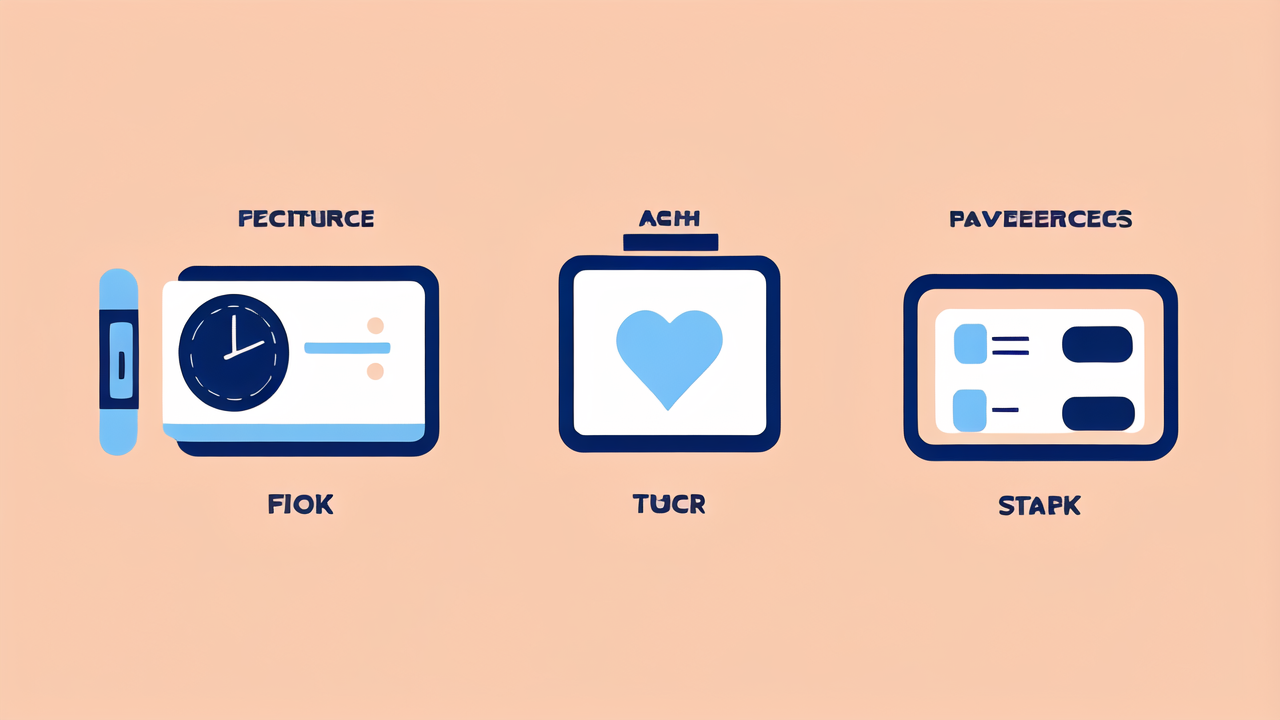Understanding Step Counters: A Brief History and Modern Use Cases
The Evolution of Step Counters in the United States
Step counters have come a long way in the United States. They started as simple mechanical devices. These early models used a pendulum mechanism to count steps. As technology advanced, so did step counters.

Digital pedometers became popular in the 1980s. They were more accurate and easier to use. The rise of smartphones brought a new era for step counting. Many people started using their phones to track steps.
Today, we have dedicated fitness trackers and smart watches. These devices offer advanced features beyond just counting steps. They can monitor heart rate, sleep patterns, and more.
How FILA Watches and Smart Watches Enhance Daily Life
FILA watches and smart watches have changed how we track our daily activities. They make it easy to monitor our steps without extra effort. This awareness can motivate us to be more active.
FILA watches offer a simple, focused approach to step counting. They're great for people who want basic tracking without distractions. Smart watches, on the other hand, provide more features. They can track steps, heart rate, and even show notifications.
Both types of watches can help users set and achieve fitness goals. They provide data that can lead to healthier lifestyle choices. Whether it's taking the stairs or going for a walk, these devices encourage movement.
Expert Analysis: FILA Watches vs. Smart Watches for Step Tracking
Comparing the Accuracy of Step Counters in FILA Watches
FILA watches are known for their reliability in step counting. They use simple accelerometer technology. This tech detects motion and translates it into steps. The accuracy of FILA watches is generally good for basic step tracking.

However, they may not be as precise as some smart watches. FILA watches might miss some steps or count extra movements as steps. This is common in most basic step counters. For most users, the slight difference in accuracy isn't a big issue.
FILA watches shine in their simplicity and focus. They don't have extra features that might drain the battery. This means they can track steps for longer without needing a charge.
The Technological Edge: Smart Watches' Integration with Ecosystems
Smart watches offer more than just step counting. They integrate with larger ecosystems of apps and devices. This integration allows for more detailed health and fitness tracking.
Many smart watches use advanced sensors. These can detect not just steps, but also elevation changes and types of movement. They often sync with smartphones, allowing users to see trends over time.
Smart watches can also connect to other fitness apps. This lets users get a more complete picture of their health. They can track steps alongside calories, workouts, and even nutrition.
User Preference: Is FILA Watch the Right Choice for Step Tracking?
Choosing between a FILA watch and a smart watch depends on individual needs. FILA watches are great for those who want simple, focused step tracking. They're often more affordable and have longer battery life.
Smart watches are better for tech-savvy users who want more features. They offer a wider range of health tracking options. However, they can be more expensive and require frequent charging.
For basic step counting, a FILA watch might be enough. But if you want detailed health insights, a smart watch could be better. Consider your lifestyle and tech comfort level when choosing.
Real-World Applications: Step Tracking in Various Industries
The Role of Step Counters in Fitness and Wellness
Step counters play a crucial role in fitness and wellness programs. Many gyms and wellness centers use them to motivate clients. They often run challenges or competitions based on step counts.

In corporate wellness programs, step counters are popular tools. Companies encourage employees to be more active during the workday. This can lead to healthier, more productive staff.
Personal trainers also use step counters to track clients' progress. They can set daily or weekly step goals. This helps create tailored fitness plans for each individual.
Occupational Use of Step Counters: Jobs That Benefit from Tracking Steps
Certain jobs benefit greatly from step tracking. Postal workers and delivery drivers often use step counters. It helps them measure their daily activity and manage their workload.
Nurses and hospital staff also find step counters useful. They can track how much they move during long shifts. This data can help in managing fatigue and planning breaks.
Warehouse workers and retail staff use step counters too. It helps them understand their movement patterns. This can lead to more efficient workflows and improved ergonomics.
FILA Watches vs. Smart Watches: Case Studies from the United States Market
In the U.S. market, both FILA watches and smart watches have found their niches. A study of office workers in New York showed interesting results. Those using FILA watches reported higher satisfaction with battery life.
Another case study focused on runners in California. Smart watch users appreciated the GPS tracking and heart rate monitoring. However, FILA watch users liked the simplicity during their runs.
A survey of seniors in Florida revealed a preference for FILA watches. They found them easier to use and less complicated. Young professionals in tech hubs like Seattle tended to favor smart watches.
These case studies show that both types of watches have their place. The choice often depends on the user's age, tech-savvy, and specific needs. Both FILA watches and smart watches continue to evolve, meeting diverse consumer demands in the U.S. market.




Leave a comment
This site is protected by hCaptcha and the hCaptcha Privacy Policy and Terms of Service apply.